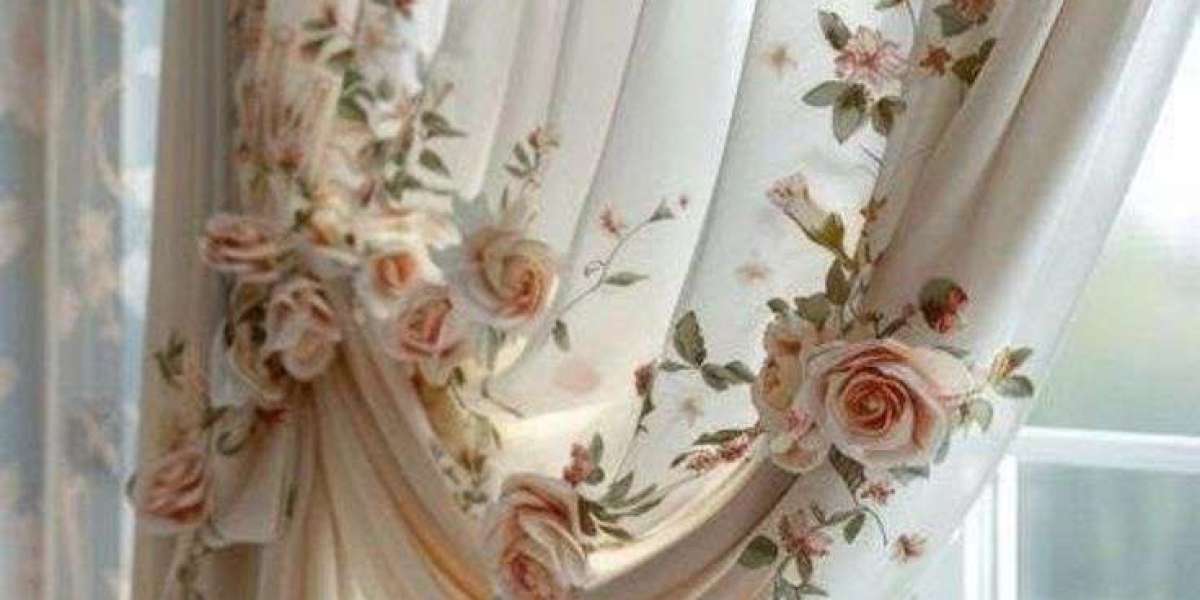? Why Choose Natural Materials?
Natural fibers—like linen, cotton, hemp, bamboo, and even silk—are gaining popularity for several reasons:
Biodegradability: These materials break down naturally at the end of their life cycle.
Lower carbon footprint: Often require less energy to produce than synthetic counterparts.
Non-toxic: Free from harmful chemicals found in many synthetic curtain coatings.
Breathability: Promote healthier indoor air by allowing natural airflow.
By opting for natural curtains, you're not just styling your home—you’re making an ethical and environmentally responsible decision.
? Top Sustainable Natural Curtain Fabrics
Linen
Derived from the flax plant, linen is durable, breathable, and naturally antimicrobial. Its textured appearance adds elegance and softness to minimalist or rustic interiors.Organic Cotton
Grown without pesticides or synthetic fertilizers, organic cotton is soft, versatile, and widely available. It’s perfect for light-filtering curtains in bedrooms or nurseries.Hemp
A powerhouse of sustainability, hemp grows quickly, needs little water, and resists pests. It produces strong, durable fabric ideal for casual and modern interiors.Bamboo
Bamboo-based textiles are incredibly soft and naturally resistant to bacteria. Although some bamboo processing can be chemically intensive, newer closed-loop methods are making it cleaner.Peace Silk (Ahimsa Silk)
Unlike conventional silk, peace silk allows silkworms to live out their life cycle. This ethical alternative suits luxury curtains with a conscience.
? The Rise of Eco-Conscious Manufacturing
It’s not just the fabrics that matter—the processes behind curtain production are equally important.
Natural dyes are replacing synthetic ones to avoid water pollution.
Fair trade practices are supporting artisans and farmers.
Zero-waste production is becoming a standard for eco-luxury brands.
Many companies now offer full traceability, so you can verify how your curtains were made and by whom.
? Styling with Purpose
Natural curtains blend effortlessly into various interior themes:
Scandinavian & Japandi: Linen and cotton fit perfectly with neutral, pared-down spaces.
Bohemian: Hemp and bamboo with earthy tones and organic weaves.
Modern minimalist: Crisp cottons or textured flax for clean lines and soft contrasts.
Sustainability is no longer a trend—it’s a lifestyle. And with today’s options, you don’t have to compromise on design.
Conclusion
Natural curtain materials offer a meaningful way to reduce environmental impact while enhancing the beauty and comfort of your home. From organic cotton to eco-friendly hemp, these sustainable solutions align style with responsibility.
? Explore eco-friendly curtain collections today at hugmoomcurtain.com








